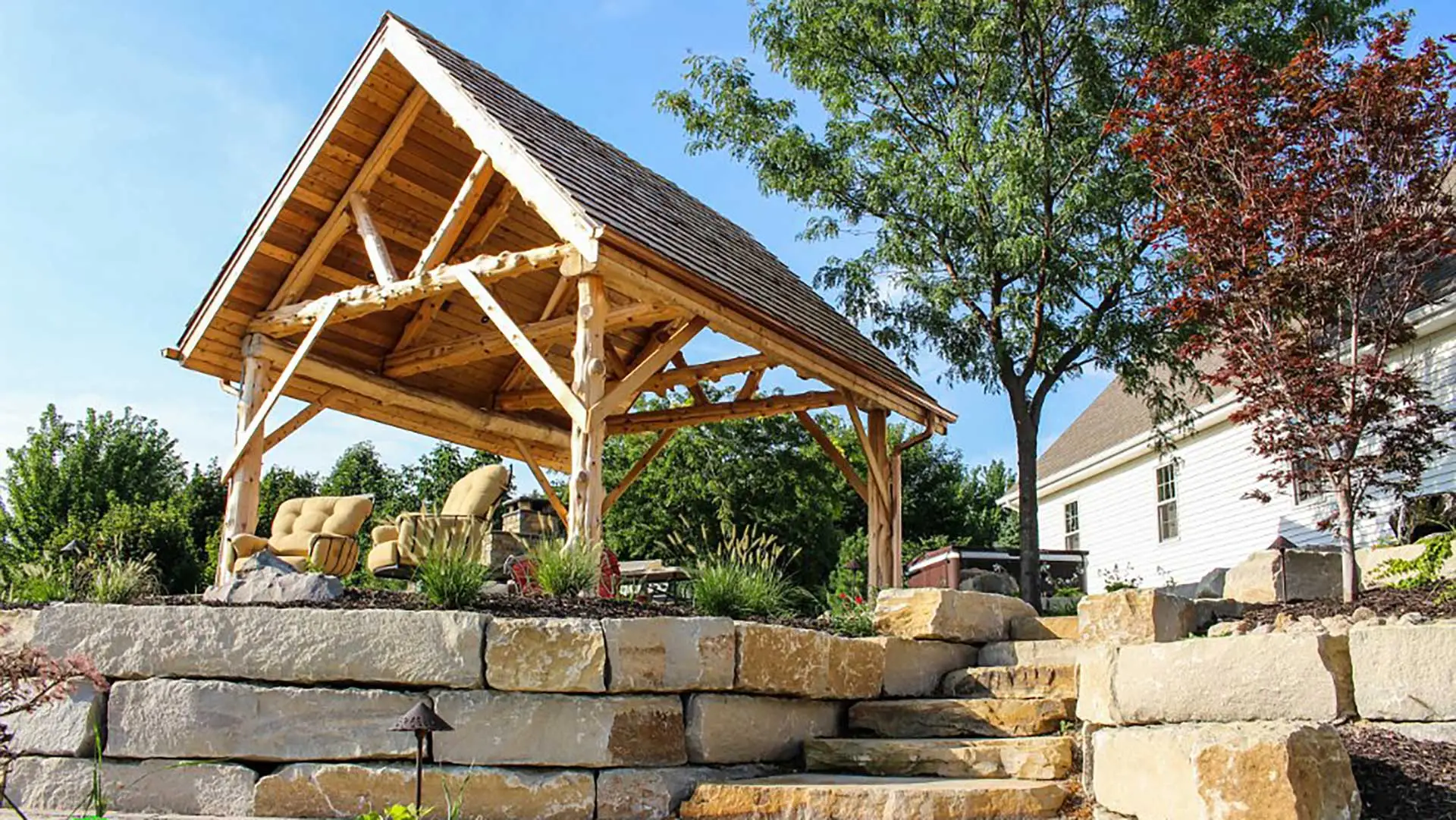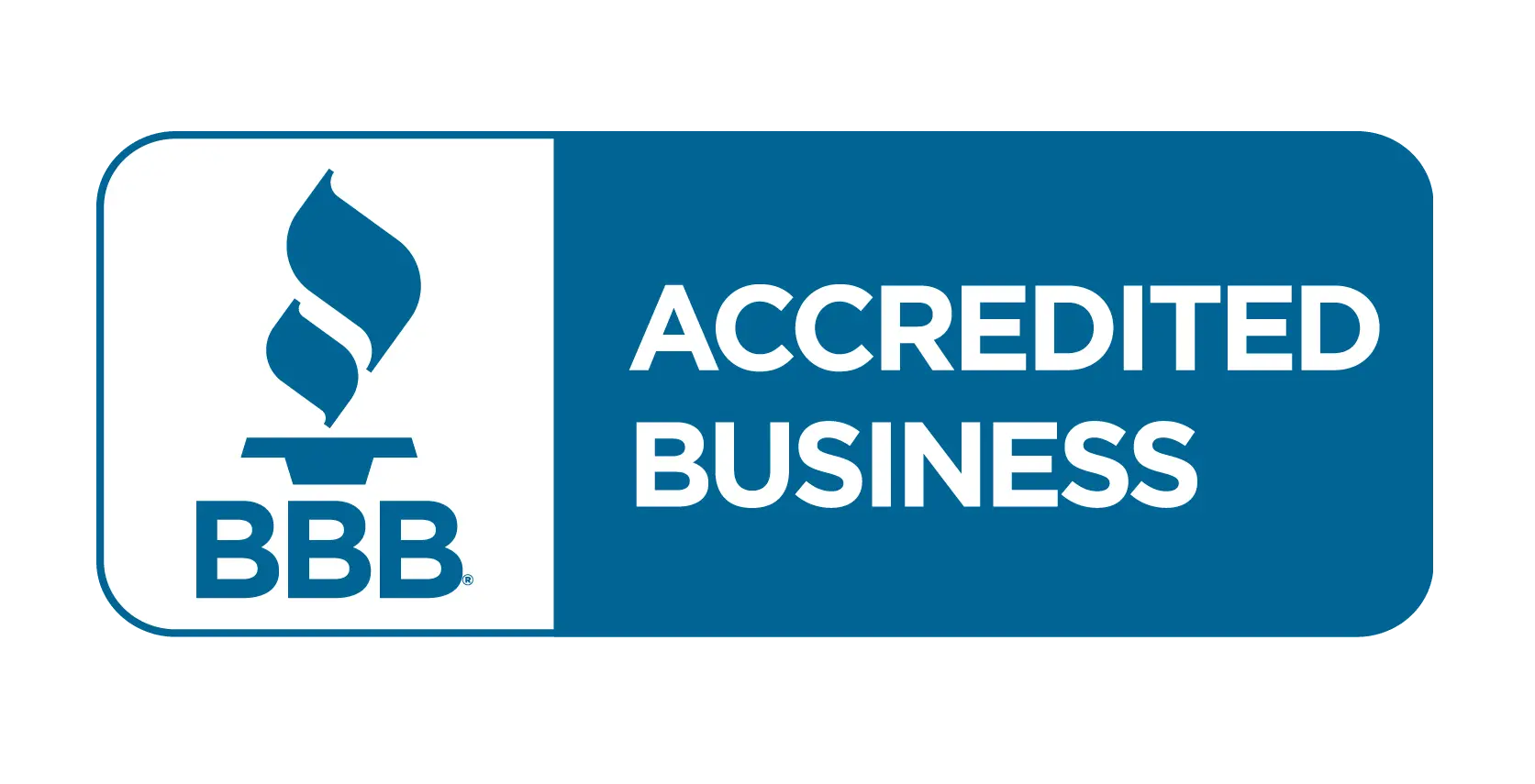As more and more homeowners become conscious landscapers, there has been an increase in questions surrounding lawn maintenance and fertilizing schemes. In light of this interest, and to make sure that our customers and any other landscaper has all the information they need to preserve their lawn throughout the year, the Groundscapes Team has put together a comprehensive 6 step landscaping fertilizing program!
This program is a step-by-step homeowner instruction manual for preserving your lawn throughout the entire year. Beyond the different seasonal steps that can be applied to different lawns, additional information on aerating, watering, and weeding is also provided.
The 6 Steps for Properly Fertilizing Your Lawn:
Phase 1: The Pre-Emergent Phase
It's late March or early April. You want to start preparing your lawn for the summer weather, and you are wondering what to do? Step 1: Apply Pre-Emergent to your lawn.
What is Pre-Emergent? As our expert craftsmen can explain so well, pre-emergent is a slow release fertilizer combined with a crabgrass preventer that should be applied to your lawn in late March or early April depending on soil temperatures and rate of spring growth. Pre-Emergent is important, because it will create a vapor barrier on your lawn that will last 8 to 10 weeks. This barrier works in such a manner that will help limit and control weeds before they are able to germinate. Importantly, for particular clusters where there are already weeds growing, spot-spraying them with a specific product may be necessary.
Overall, it is generally recommended in the pre-emergent phase to stay off of turf areas until they are dried, to avoid watering those areas, and to avoid moving anything across sprayed areas for at least 24 hours in order to allow the products to dry and settle.
Phase 2: Pre-Emergent Round Two
After the initial 8 to 10 week pre-emergent phase, (normally around mid-May) you should apply a second round of pre-emergent spray. Once more, this will serve as a slow release fertilizer and crabgrass preventer into the summer months. Shortly after the second pre-emergent phase, it will be possible to notice any fungus related issues, or brown patches on your lawn.
Phase 3: Grub Control
In early July, it's time for Grub control. This refers to a slow release fertilizer alongside a season long anti-grub and larvae campaign. In addition to these measures, it is important to increase watering times in summer months, to compensate for higher temperatures and less precipitation - the Groundscapes Comprehensive Watering Guide is a good resource for more information on this topic. During the summer months, you will want to continue to spot spray weeds as they appear, and keep an eye out for unexpected brown grass.
Phase 4: Summer Fertilizer
With no grubs or larvae, and a well watered lawn by the middle of the summer, the time has come for summer fertilizer. The summer fertilizer should be applied in the middle of August in order to ensure that the grass will maintain its health and color during the hot summer months. After the initial application of summer fertilizer it is essential that you wait at least 24 hours before touching or walking over your lawn.
Phase 5: Fall Fertilizer
With summer fading, and winter approaching, it's important to not overlook the value of fall fertilizer. Fall fertilizer is fertilizer applied from the beginning of September through October. It's function is to help your grass recover from summer stress. As you apply this fertilizer, be sure to keep an eye out for brown or discolored turf that does not respond to being watered more: this is a sure sign of grubs or late season fungus.
Phase 6: Winterizer
While Winter is one of the most easily overlooked times of year for managing your lawn and preparing for the spring, it is very important to not forget about winterizer! From October through November, Winterizer should be applied to your lawn to help promote root growth all winter long and during early spring. If you are already planning on applying winterizer to your lawn, and are looking for further winter management tips, Groundscapes winter management guide is also a useful resource.
Overall, the fertilization process is straightforward: every couple of months you should apply a fertilizer to keep your lawn healthy and protected from fungus and grubs. By winter time, you should invest in the longevity and health of your lawn for the following year by applying a winter fertilizer.
Weed Control, Aeration, and Watering:
To compliment Groundscapes 6 phase fertilization process, it's also useful to actively manage weeds, aerate your lawn, and ensure that all of your plants are sufficiently watered.
Weed Control: If persistent broadleaf or crabgrass weed problems continue throughout the year, it may be necessary to apply additional chemical applications to kill any noxious grasses or weeds.
Aeration: In addition to weed control, it is highly recommended that all turf areas are aerated with a mechanical aerator to relieve compaction, and permit penetration of moisture and nutrients. It is recommended to aerate your lawn at least once a year. For the best results, aeration should be done in the spring and the fall with over-seeding done at the same time as well.
Water Management: Maintaining a consistent watering schedule is the key to thick, beautiful, and healthy grass. Frequent watering will prevent heat stress on your lawn that will break down the pre-emergent weed and crabgrass barriers applied during phases 1 and 2. If water is not consistently applied to the lawn, then Broadleaf weeds and crabgrass will break through. You can tell if your lawn is in need of water based upon its color and texture: thin turf, browning grass, or greying turf all indicate a lack of water.
During the spring and fall months you will want to water your lawn 3 times a week for a total of 1 inch of water. During the summer months, you should increase the amount to 1.5 inches per week to compensate for increased heat and humidity. A full guide to watering different types of lawns can be found here.
Altogether, fertilizing your lawn, and keeping the weeds away is a basic step for any homeowner to take in order to ensure the long term health of their lawn. For advice, a complete system audit, or consultation, Groundscapes is more than happy to help you with your problem or questions! Contact Us on our Website, or give us a call at 402 - 397 - 5930!













Comments (0)
Thanks for your comment!
Thanks for your feedback! Your comments have been successfully submitted! Please note, all comments require admin approval prior to display.
Error submitting comment!
There is a problem with your comment, please see below and try again.